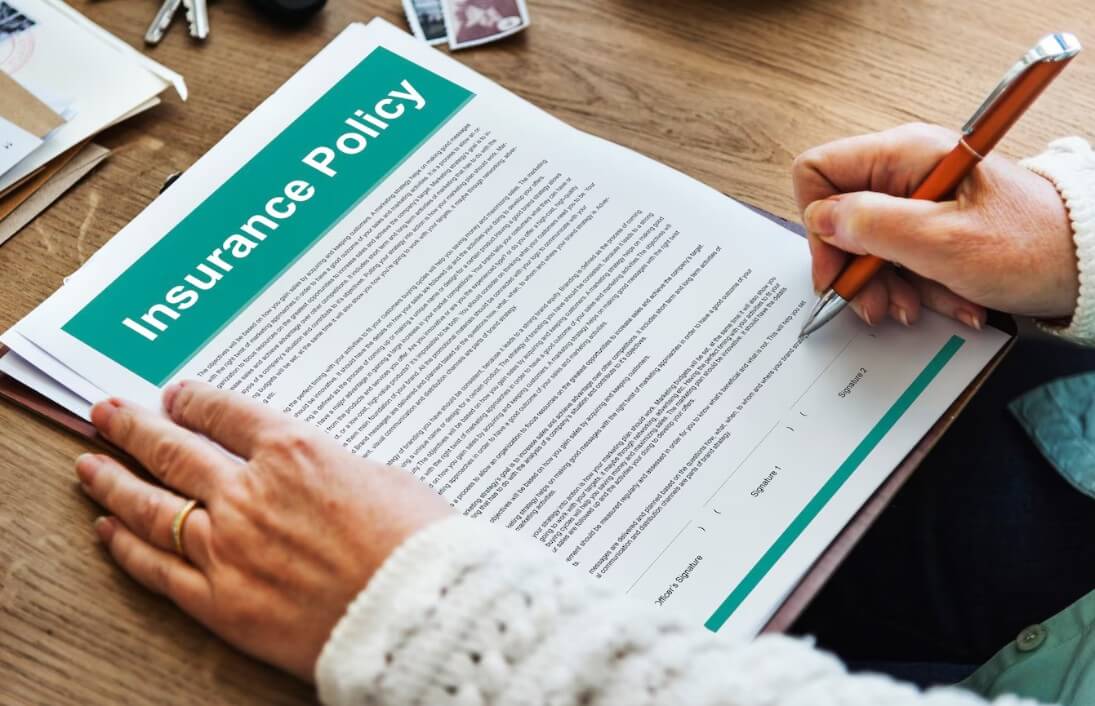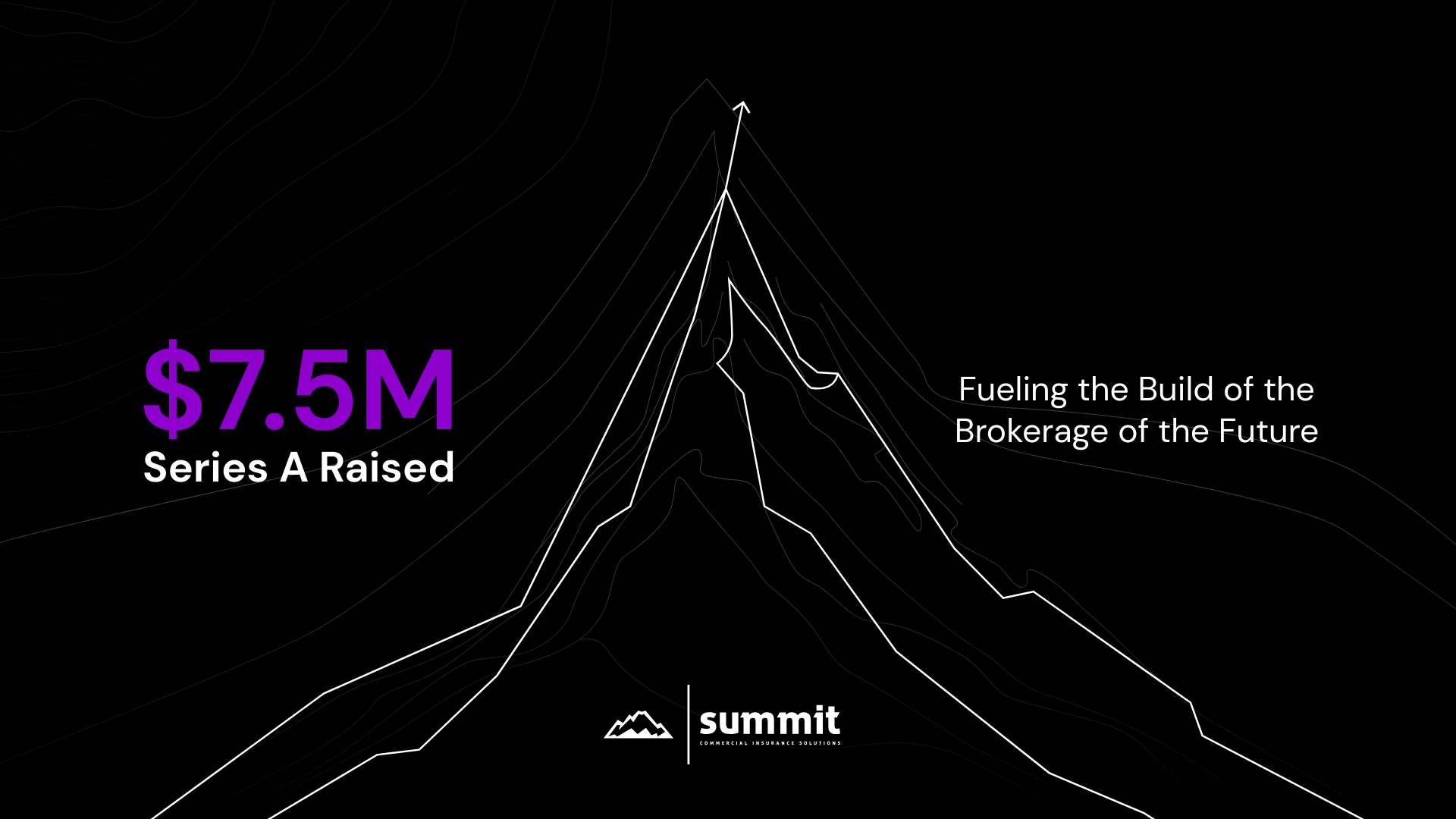
A single customer slip-and-fall lawsuit can cost a small business $300,000, yet 74% of Canadian SMEs lack adequate general liability insurance. In an industry where claims reached $4.3 billion last year, GL insurance is your business’s hockey helmet; it doesn’t stop pucks, but it prevents catastrophic financial injury. This guide explains “What Is General Liability Insurance in Canada?”, highlights province-specific requirements, and clarifies how much coverage contractors, retailers, and service businesses need to stay protected!
GL Insurance Defined
Commercial General Liability insurance protects against third-party claims for:
- Bodily injury
- Property damage
- Personal and advertising injury arising from your business operations.
Mandatory?
- Federally:
Not required, except for regulated industries. - Provincially:
Often mandated for contractors, landlords, and event operators.
What GL Covers: 4 Core Protections
GL insurance safeguards against common risks, but exclusions apply:
Coverage Type
Example
Claim Limit
Bodily Injury
Customer slips on wet floor
$100K–$5M+
Property Damage
Contractor breaks client’s antique vase
$50K–$2M
Personal & Advertising Injury
Slandering a competitor
$300K
Medical Payments
First aid for injured visitor
$5K–$10K
Exclusions
- Professional Errors:
Need Errors & Omissions (E&O) insurance. - Employee Injuries:
Covered by Workplace Safety and Insurance Board. - Auto Accidents:
Requires commercial auto policy.
Top 5 Industries Requiring GL in Canada
Certain sectors face higher risks, making GL essential:
- Construction/Trades
- Why:
High risk of property damage (e.g., a plumber’s leak ruining a client’s floor). Ontario mandates $2M minimum coverage.
- Why:
- Retail/Restaurants
- Why:
Slip-and-fall lawsuits average $120K settlements.
- Why:
- Event Planners
- Why:
Venues require $1–5M certificates of insurance.
- Why:
- Property Managers
- Why:
Covers tenant/visitor injuries, like a fall in a lobby. Read more: What’s tenant insurance?
- Why:
- Home-Based Businesses
- Why:
Homeowner policies exclude business liabilities, leaving you exposed.
- Why:
Provincial Regulations Breakdown
GL requirements vary by province, reflecting local risks and regulations:
Province
Key Requirement
Unique Exposure
Ontario
Contractors: $2M min.
"Slip-and-fall capital" (high litigation rates)
Quebec
French-language policies
Strict advertising injury laws
Alberta
Event vendors: $2M GL
Hail/wind damage liabilities
British Columbia
Trade licensees: $2M GL
Earthquake endorsement recommended
How Much Coverage Do You Need?
Coverage needs depend on your business size and risk profile:
Business Type
Recommended Minimum
High-Risk Upgrade
Home Consultant
$1M
$2M
Restaurant
$2M
$5M
General Contractor
$2M
$10M (umbrella policy)
Factors Increasing the Cost of GL Insurance in Canada
- Past Claims:
A single claim can raise premiums by 20–50%. - High-Risk Services:
Roofing or snow removal increases costs due to injury risks. - Location:
Urban areas like Toronto have higher premiums due to litigation rates.
How to Get Covered: Broker vs. Direct
Broker Advantages
- Access to 50+ Insurers:
Compare carriers - Province-Specific Endorsements: Secure tailored coverage, like flood protection in BC.
- Negotiation Power: Brokers often save 15–30% on premiums
Example: A Calgary contractor working with an Insurance Broker Calgary can secure a $2M GL policy with hail damage coverage, critical for Alberta’s weather risks.
Direct Insurer Perks
- Streamlined Purchase:
Online platforms like Summit Insurance Kelowna offer instant quotes. - Bundling Discounts: Save 10–20% when combining GL with property or auto insurance.
For complex risks (e.g., Technology Insurance for IT firms), brokers are superior; for simple policies, direct insurers offer convenience.
Key Takeaways
General liability insurance is operational oxygen for Canadian businesses:
- Contractors:
Secure $2M minimum coverage in most provinces to meet licensing and client demands. - Retailers:
Prioritize slip-and-fall protection, with $1–2M coverage for small stores. - Always Review Exclusions:
Watch for gaps like snow removal services or alcohol-related claims, common in restaurants.
Final Thoughts
What Is General Liability Insurance in Canada? It is a non-negotiable shield for Canadian businesses, protecting against the $4.3 billion in claims that threaten SMEs. From slip-and-fall lawsuits in Ontario’s retail sector to property damage risks for BC contractors, GL coverage ensures financial survival.
Complex risks and customized savings are preferred in using brokers, whereas simple policies can be obtained directly with providers like Summit Insurance. Begin covering your needs, comparing quotes, and reviewing the exclusions based on your needs in revenue rather than leaving it to chance, and leave the lawsuits to others.



